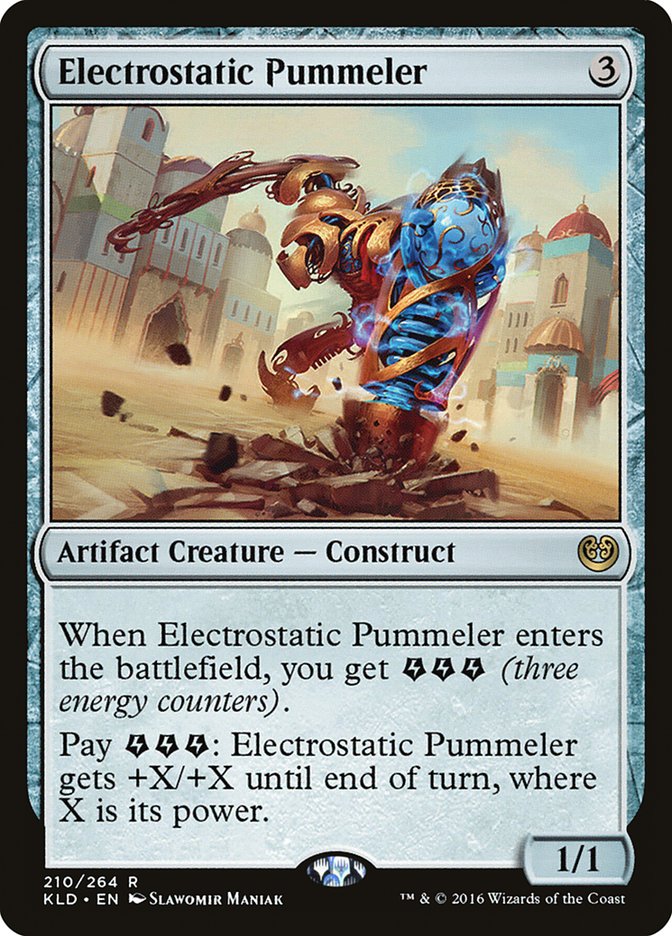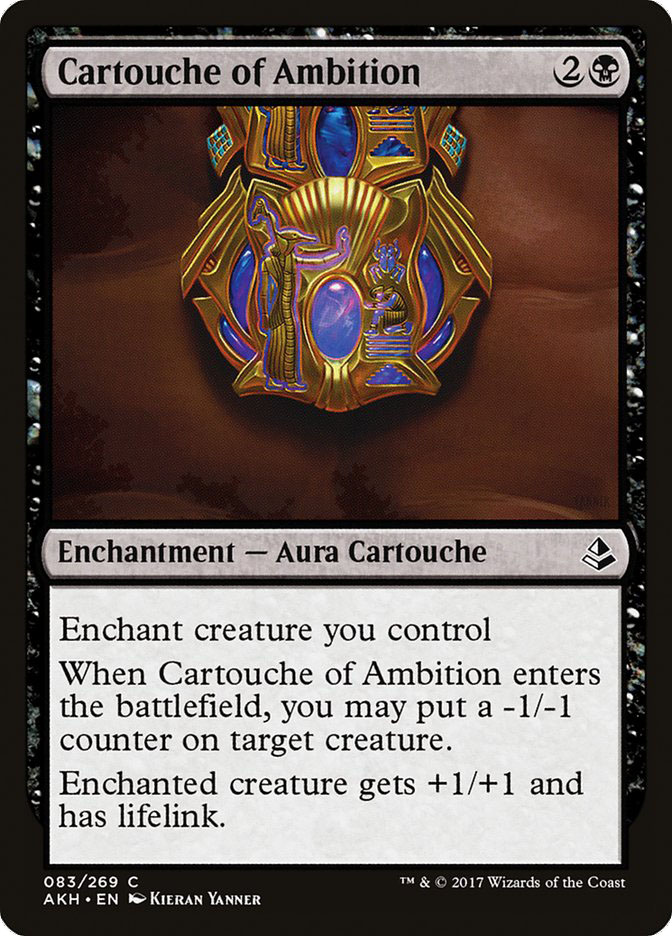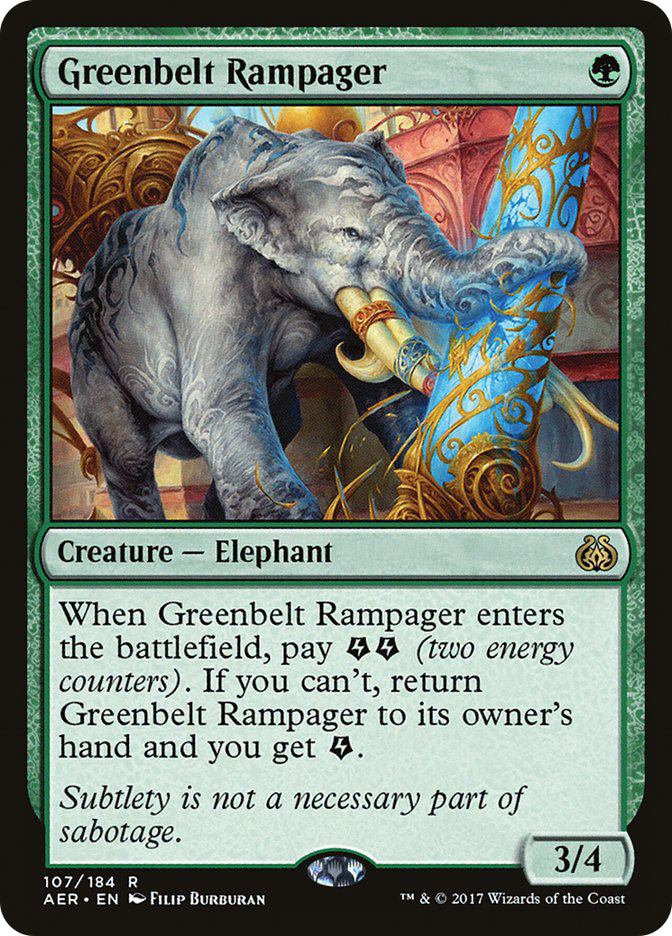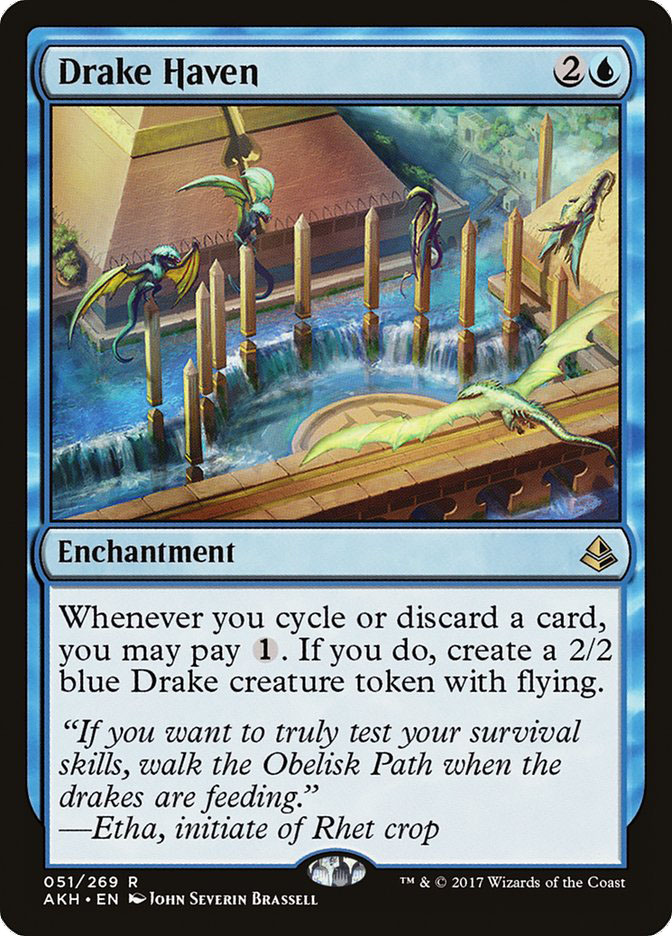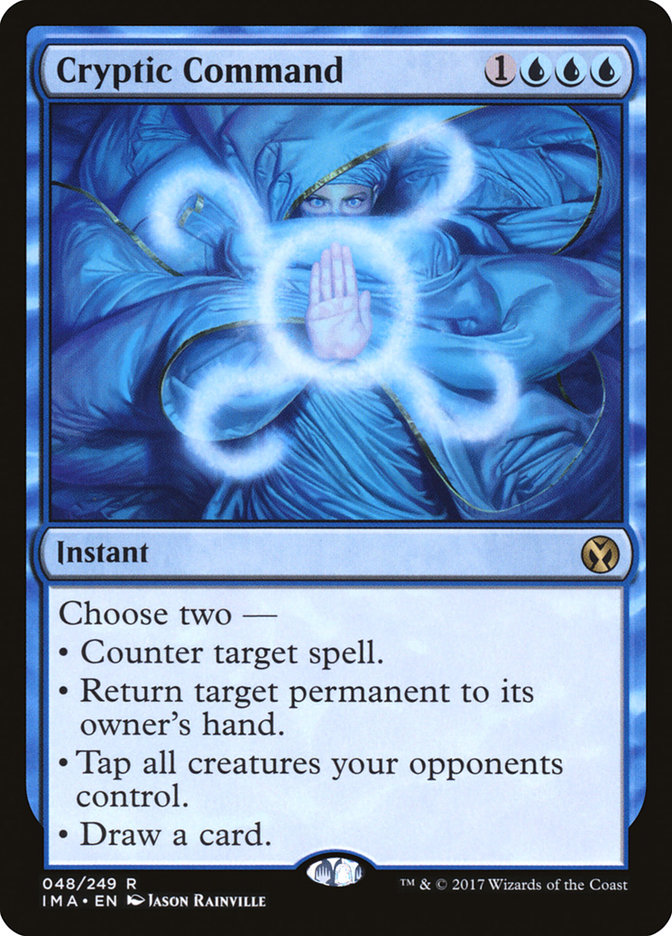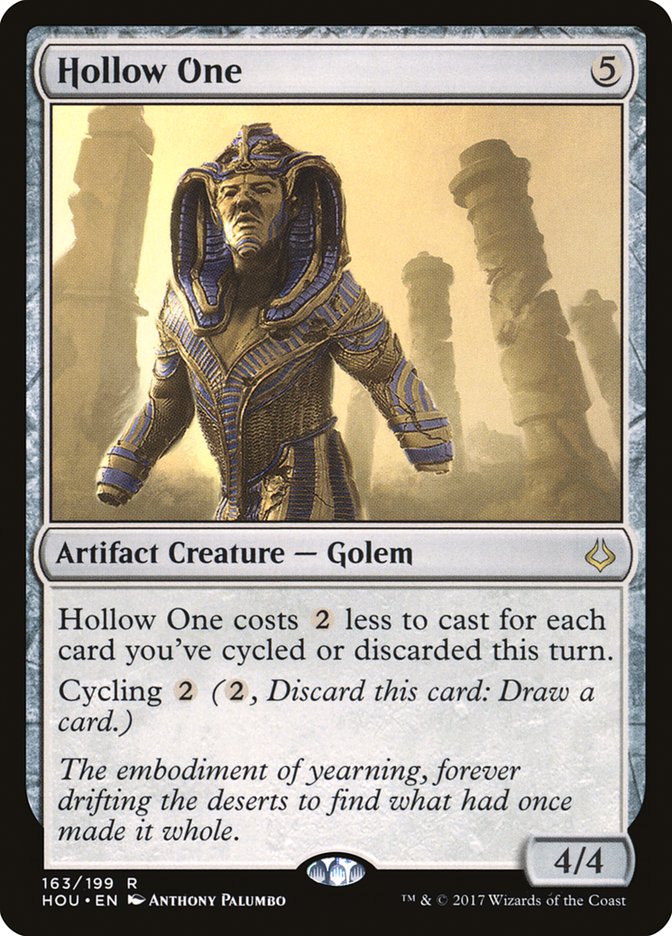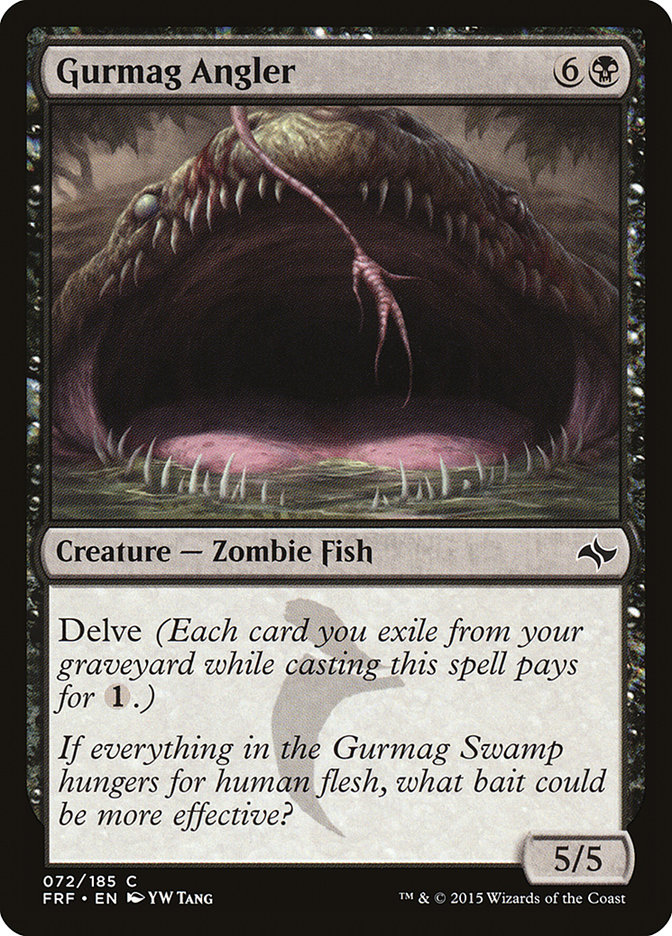The Season Two Invitational is nigh, and the two formats that will be played this weekend are in completely different places. Standard is still under the brutal rule of Attune with Aether and Hazoret the Fervent while Modern is as diverse as it’s ever been, and you could reasonably consider twenty or so decks without anyone questioning your process.
However, at a high level event like an Invitational, I expect the metagames in each format to narrow, as the players in these events tend to be the ones that gravitate toward the most proven decks and no one is entering this event on a whim, playing for fun with a pet deck of theirs. It’s going to be a sea of Temur and Red in Standard, and I expect to see an increased amount of Jeskai Control, Grixis Death’s Shadow, Affinity, and the like in Modern.
But does anyone remember what happened at the Season One Invitational? Brian Coval took down the tournament with two decks that no one was expecting: Grixis Colossus in Standard and Death and Taxes in Modern.
Creatures (11)
Lands (18)
Spells (31)

Creatures (29)
- 1 Weathered Wayfarer
- 1 Serra Avenger
- 4 Flickerwisp
- 4 Leonin Arbiter
- 2 Mirran Crusader
- 1 Phyrexian Revoker
- 4 Blade Splicer
- 4 Thalia, Guardian of Thraben
- 4 Restoration Angel
- 4 Thraben Inspector
Lands (23)
Spells (8)

Both metagames indeed coalesced around the top decks, and Brian was able to leverage that inbreeding to his advantage by bringing decks that were well-positioned against the top of the field, in large part due to how unprepared his opponents were for those matchups.
In a surprising display of justice for a good decision from the universe, Brian’s semifinals and finals opponents were playing exactly the two decks that were most popular around that time: Grixis Death’s Shadow and Eldrazi Tron. His fringe decks were underpowered for a more open field but rewarded him handsomely on that weekend.
With this weekend’s field shaping up to be similarly inbred, perhaps even more so given the state of Standard, what are the potential decks that could replicate Brian’s success this weekend? Here are two options for each format.
Standard
Creatures (21)
- 4 Longtusk Cub
- 4 Bristling Hydra
- 4 Electrostatic Pummeler
- 4 Servant of the Conduit
- 4 Rogue Refiner
- 1 Rhonas the Indomitable
Lands (12)
Spells (27)
- 6 Forest
- 2 Island
- 4 Larger Than Life
- 4 Blossoming Defense
- 4 Attune with Aether
- 4 Cartouche of Knowledge
- 2 Dive Down
- 1 One With the Wind
Sideboard

It’s exactly what you were looking for to break the monotony of energy mirrors, right? Yes, this deck is still built around the powerful energy mechanic, but it’s significantly different from its Temur brethren and it’s different in a way that works to its advantage in a narrow metagame.
Temur Energy pilots have been spending months trying to find a way to gain a consistent edge in the mirror without sacrificing their matchup against Ramunap Red. To that end, they typically try to go bigger and out-midrange their opponent in a long game, sideboarding in a package of planeswalkers, sticky threats like Vizier of Many Faces, and potentially a black splash for haymakers from The Scarab God up to Nicol Bolas, God-Pharaoh. The goal here is clear: win the long game, since it’s very hard to gain an advantage early on when your opponent has all the same cards as you.
This is exactly the kind of gameplan Electrostatic Pummeler ignores. While your opponent’s deck is built to go long and draw cards, this deck is built to set up a turn where you go over the top of all that nonsense and kill them. I did the math, and killing your opponent is worth infinity plus one cards.
The primary worry here is that you can fall victim to the portion of sideboards that is dedicated to fighting Ramunap Red, as typically anti-aggro plans include cheap removal that is quite good against creature combo. However, the most popular cheap removal spell in sideboards is Chandra’s Defeat, which the U/G variant of Pummeler conveniently sidesteps. Your opponents will have about as much removal as you have defensive pump spells, and if you’re going in on a giant Longtusk Cub or Bristling Hydra, their removal may not matter at all.
And best of all, since the deck is built around a powerful energy shell, it’s not all-in on having a big combo turn. You can win with regular beatdowns backed up by a Cartouche of Knowledge quite easily. The threat of dying will lead many opponents to play too conservatively, making this backup plan even stronger, so if you’re looking to play this deck, I strongly suggest practicing how to leverage that false tempo.
Against aggro decks you have a great sideboard of Cartouche of Ambition and Greenbelt Rampager, although the rise in popularity of Harsh Mentor certainly poses a problem. You’re going to want to play aggressively in this matchup, since the deck isn’t nearly as good at playing defensively as Temur Energy, but that’s okay. It’s not hard to set up kills around Turns 4 to 6, which is plenty fast enough to win games against Ramunap Red and the like.
Creatures (2)
Lands (24)
Spells (34)

My support for this deck comes in large part from how frustrated Brad was playing against it in our recent Versus video. Any time I can get a rise out of Bradley is an achievement to be remembered, and his frustration was due to how infuriating this deck can be to play against. It has tons of sweepers that can effectively clean up the good creatures in Temur Energy and it finds those sweepers easily because of the incredible velocity the deck achieves via cycling.
If your opponent slows down to play through those sweepers, you can start powering out a bunch of Drake tokens with Drake Haven. Either way, your advantage snowballs throughout the game, building to a comical imbalance of resources via Abandoned Sarcophagus. It’s very difficult to compete with this deck in the late-game because of how powerful Drake Haven is. You reach a point where most of your draws replace themselves and make a couple of 2/2 fliers, or they kill something on your opponent’s side of the battlefield.
Game 1 for control against Temur has typically been good, but they struggle to beat the same quality creatures backed up by Negate in the post-sideboard games. This version of control doesn’t completely solve that issue, but it goes a long way toward mitigating it by not having any seven-mana sorceries, so you’ll rarely lose a huge amount of tempo to a single counterspell. It also has the ability to find extra copies of its key sweepers, so you can often overload your opponent’s counterspells by aggressively digging through your deck.
The Drake Haven plan is also quite good against Negate, since you can often resolve the enchantment while your opponent is developing their own battlefield and then use your cyclers to keep parity with your opponent, potentially forcing them to tap out to gain an advantage that you can punish with a timely sweeper before quickly rebuilding with more Drakes. With the decline in Hidden Stockpile decks, we’re not seeing as many Disenchant effects in sideboards, making this plan, and your critical Cast Outs, more reliable.
Against aggressive decks you can certainly be overrun, but you have a reasonable amount of cheap interaction (most notably Censor), some lifegain to get out of burn range, and many good ways to answer Hazoret the Fervent, so you’re certainly going to be able to compete. Corey Burkhart recently took the above list to a 12-3 finish at Grand Prix Portland, and he played against nothing but Hazoret and Energy decks, so I think there’s something here for those of you who loathe putting creatures into your decks.
Modern
Creatures (7)
Lands (23)
Spells (30)
- 4 Lightning Bolt
- 4 Serum Visions
- 4 Through the Breach
- 3 Blood Moon
- 4 Remand
- 2 Electrolyze
- 1 Spell Snare
- 4 Cryptic Command
- 1 Flame Slash
- 1 Izzet Charm
- 1 Pull from Tomorrow
- 1 Supreme Will
Sideboard

Some people like to separate this deck from traditional Blue Moon that is more of a straight control deck, but ultimately this is an evolution of the archetype and the combo-kill is quite good in a deck that often soft-locks its opponents with mana disruption. You want to end the game quickly before they can draw out of it, and if there’s one thing that Emrakul, the Aeons Torn does, it’s ending games quickly.
Jeskai Control has become one of the most popular and successful decks in Modern again, and for good reason. Lightning Bolt is better than it’s been in months and the classic combination for reactive decks of cheap removal, Snapcaster Mage, and Cryptic Command isn’t as stretched thin as it has been in previous Modern metagames now that creature removal is good against the top combo deck, Storm.
With Jeskai expected to be among the most popular decks this weekend, and considering that the Invitational field will likely have a higher density of fair decks like Grixis Death’s Shadow, I think the Blue Moon Breach deck is quite good. It plays very well in Snapcaster mirrors because it doesn’t need to tap out at sorcery speed ever, which is also a boon against combo decks. It has enough removal to handle creature decks but not so much as to be a liability against other control decks, and it has the power of Blood Moon to win games by itself. I view it is a great next-level choice as the metagame slows down with the influx of fair decks.
Of course, the deck also has the threat of a quick kill to help race against combo decks and keep every opponent off-balance, much like Splinter Twin decks of old. For players who are inexperienced in the matchup, which I expect many to be, given that the deck isn’t popular in paper tournaments, that advantage is huge. If you played Twin before it was banned, I’d strongly suggest giving this deck a look.
The major concern with a deck like this is creatures that get out of Lightning Bolt range. Tarmogoyf has been the major player there, but fortunately, Fatal Push has driven the once-ubiquitous creature to the fringes of the format. Death’s Shadow, Gurmag Angler, and Tasigur, the Golden Fang are still around, but they aren’t as fast as Tarmogoyf, which helps you either set up a combo or get creative with your burn spells should you not have a Roast.
Creatures (23)
Lands (19)
Spells (19)

Spoiler alert for Friday: This is another deck that caused Brad some frustration in a Versus video, honestly to my surprise. I expected the deck to fold to itself too often to compete, but it impressed me with its consistency. Once you get the engine rolling, the deck is quite explosive, while the Bloodghasts and Flamewake Phoenixes make you resilient to removal. Your opponents can try to bring in a sweeper like Anger of the Gods to answer those two, but then they leave themselves vulnerable to Hollow One and Gurmag Angler, so I like how the threat base is diversified.
The deck is best described as Dredge Light. It’s not all-in on the graveyard but it uses it as a significant resource. It’s not all-in from Turn 1, so you get some draw steps to find disruption and sideboard cards. But it still has a fast clock.
Much like Dredge, the consistency of the deck comes mainly from how many cards you see in an average game. You may only have four copies of Hollow One, but between Faithless Looting, Cathartic Reunion, and Burning Inquiry, you find one by Turn 3 in most of your games, and if you find multiple copies, things get silly. It may seem strange to mention Burning Inquiry as a card that increases your consistency, but given how many of your cards are good in the graveyard, you rarely come out on the wrong end of the random discard so long as you’re careful to leave mana up for madness on Fiery Temper.
Really, this deck is a testament to the power of Faithless Looting. Cathartic Reunion gets much of the press in Dredge because of its explosiveness, but Faithless Looting is the MVP, as it is here. For a deck that uses the graveyard effectively, sacrificing a card in hand to put two in the graveyard ends up being card advantage most of the time, and the Flashback ensures that you don’t flood. It’s just an incredibly powerful card.
This deck should be quite well-positioned for an Invitational metagame that’s heavy on fair decks, with enough pressure and disruption to compete against unfair decks. That graveyard hate is still down is certainly a boon, and while Dredge could be a risky play if players go back toward graveyard hate this weekend, this deck can reasonably win through a Rest in Peace or Grafdigger’s Cage.
The best decks are the best decks for a reason. They are consistent performers over weeks and months of an evolving metagame. But tournaments aren’t played over a month. They are a single weekend, and on any given weekend they are going to have a blind spot. It’s when the metagame is most inbred that these blind spots are largest and the metagame is most exploitable.
But, it’s important to realize that one of the biggest advantages in playing a rogue deck is in leveraging the fact that you know the matchups better than your opponents. For that advantage to exist, you need to be well-practiced with your deck, tune it appropriately, and know the important matchups well. I wouldn’t pick up any of these decks cold unless you can devote a ton of time in the next few days to learning it, but if you have prior experience with one or a history with similar decks, then this is the time to think outside the (deck) box.


